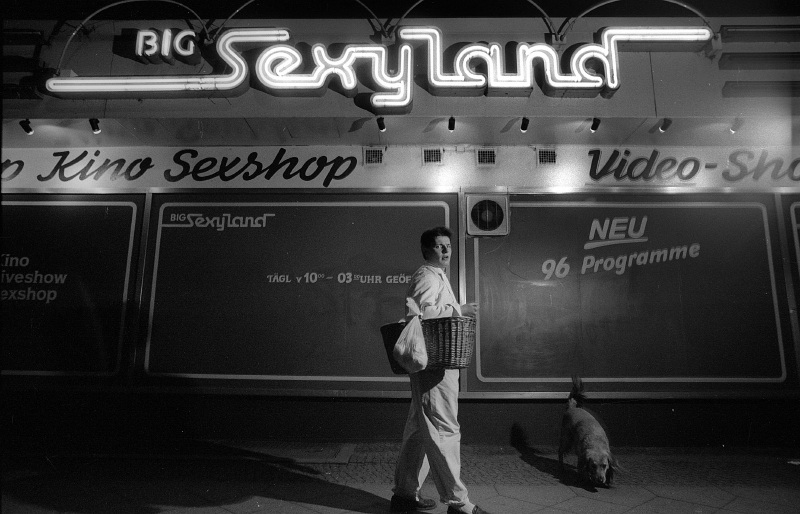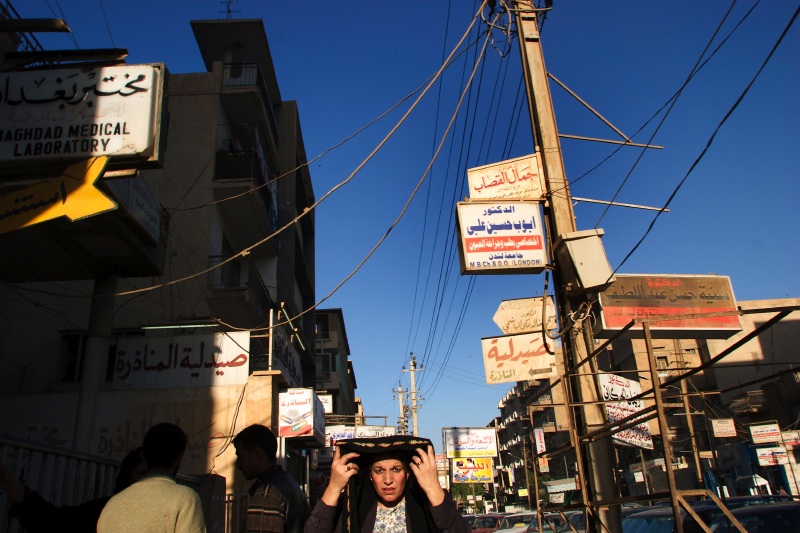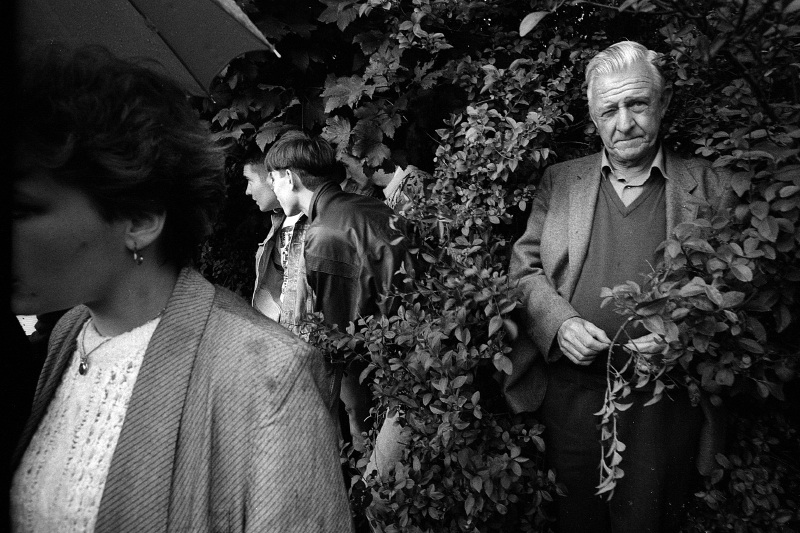These images represent moments I’ve always rejected during my editing work because someone was looking into the camera. I always refer to it as eye contact. I strive to disappear and find candid moments as a photojournalist. I want the line between documenter and documented to disappear. These are the overlooked images where I have become present in the picture.
Eye Contact, the name of an exhibition at the VII gallery in Brooklyn from which the following images are drawn, is partly looking back at my work but it’s also a way to demonstrate how the public reacts to photographers. The presence of a photojournalist is used in some places to promote an agenda. In the Niger Delta we find subjects who go out of their way to show their strength and anger, their guns and balls of fire, perhaps in hopes the images will be shown to their opposition. In Syria, many are suspicious and glare at the lens as though it is an informant. In India, the camera is treated with more deference, until I document a prostitute’s intimate moments.
And now in the digital age of publishing, the camera is perceived by some as a violation of privacy and even a potential threat. Individuals everywhere stare down the camera as if to say “I want you to see that I see you taking my picture. I can defend myself with a cold hard stare. Don’t push the button, you never know what I might do.” Eye Contact puts the viewer into the shoes of the photographer who is constantly prodding and pushing against a world of reactions, much of the time a world of defenses.
Click on any of the images below to enlarge.
Port Harcourt, Nigeria, 2006: Residents of Aker Camp pick through the remains of their lives one week after their neighborhood was attacked and burned down by the Nigerian military
Baghdad, Iraq, 2003: A camera store owner glares at the camera on Karada Street
Baghdad, Iraq, 2003: Two brothers are on the run after their father was killed for being a member of the outlawed Baath party
Berlin, Germany, 1991: A baker walks past a sex shop
Madanayakana Halli, India, 2007: A trucker along the Golden Quadrilateral highway has sex with a transgender sex worker in a bathhouse outside of Bathouse outside of Bangalore
Baghdad, Iraq, 2004: A woman is caught with her face uncovered in Bab Al Sharq District
Afrin, Syria, 1991: A nervous Kurdish bride starts her chaotic ride to her wedding
Belfast, Northern Ireland, 1989: Watching an Orange Order Parade
Ed Kashi is a photojournalist and filmmaker whose work has been published and exhibited worldwide. He is the author of six books, including Curse of the Black Gold: 50 Years of Oil in the Niger Delta and Three.
Eye Contact is on view at VII Gallery in Brooklyn until October 7. All images courtesy of Ed Kashi/VII photo.











